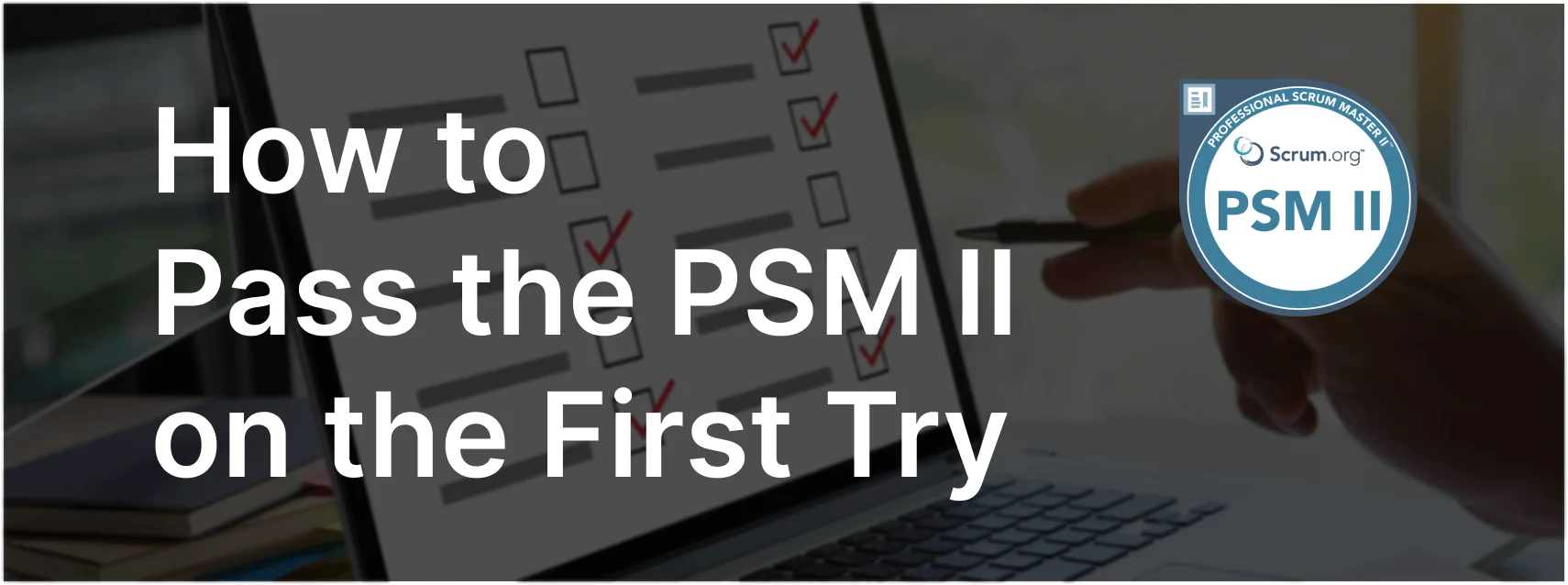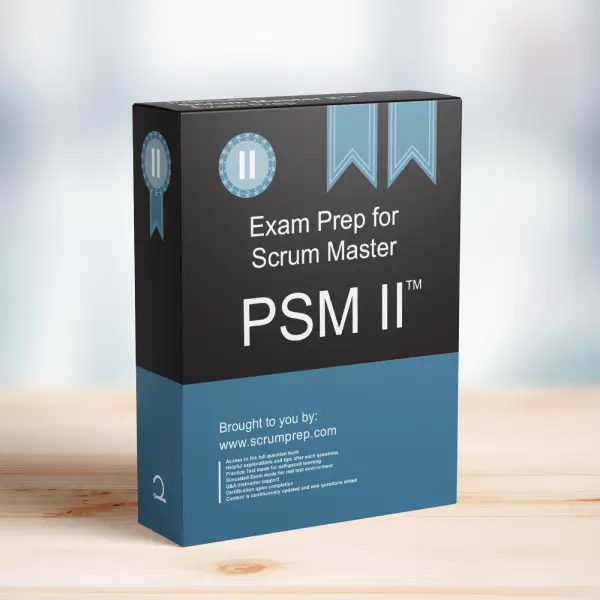Understanding the Relationship Between Technical Debt and Velocity
Technical debt can significantly impact a Scrum Team’s velocity, affecting both the predictability and the actual speed of development. This article explores a specific exam question about the ways in which technical debt relates to velocity, providing detailed explanations and insights relevant to the PSM II exam.
Exam Question
What are two ways in which technical debt relates to velocity? (choose the best two answers)
- A. They are not related because technical debt should be resolved by the support or operations department, not by the Scrum Team.
- B. Velocity may unexpectedly drop when the Developers run into technical debt while attempting to complete new Product Backlog items.
- C. A Scrum Team can artificially increase its velocity by incurring technical debt.
- D. Adding technical debt items to the Product Backlog to get estimated and added to your velocity forecasts can guarantee predictability.
Correct Answers
B. Velocity may unexpectedly drop when the Developers run into technical debt while attempting to complete new Product Backlog items.
C. A Scrum Team can artificially increase its velocity by incurring technical debt.
Explanation
Correct Answers
B. Velocity may unexpectedly drop when the Developers run into technical debt while attempting to complete new Product Backlog items: Technical debt can slow down development as the team encounters and has to deal with previously unresolved issues. This can lead to a reduction in velocity, as the team spends additional time fixing problems that were not accounted for in their original estimates.
C. A Scrum Team can artificially increase its velocity by incurring technical debt: By cutting corners or postponing necessary improvements, a team can temporarily increase its velocity. However, this leads to accumulating technical debt, which can eventually slow down development as the debt needs to be addressed.
Incorrect Answers
A. They are not related because technical debt should be resolved by the support or operations department, not by the Scrum Team: This is incorrect because technical debt is a responsibility of the Scrum Team. Ignoring it or passing it to another department can lead to further complications and inefficiencies.
D. Adding technical debt items to the Product Backlog to get estimated and added to your velocity forecasts can guarantee predictability: While adding technical debt to the Product Backlog is a good practice for visibility and management, it does not guarantee predictability. The impact of technical debt on velocity can be unpredictable due to the varying complexity and hidden nature of the debt.
Responsibilities in Scrum
- Product Owner: The Product Owner is responsible for prioritizing the Product Backlog, including technical debt items. They work with the Developers to ensure that technical debt is addressed appropriately to maintain product quality.
- Scrum Master: The Scrum Master facilitates the Scrum Team’s understanding of the impact of technical debt on velocity and helps ensure that it is managed effectively. They support the team in maintaining sustainable practices and avoiding shortcuts that lead to technical debt.
- Developers: Developers are responsible for delivering high-quality increments. They should identify, document, and address technical debt as part of their ongoing work to ensure long-term maintainability and performance of the product.
Relevance to the PSM II Exam
Understanding the relationship between technical debt and velocity is crucial for the PSM II exam. It demonstrates advanced knowledge of Scrum principles and the ability of the Scrum Master to guide the team in managing technical debt effectively. Mastering this concept ensures that Scrum Masters can support their teams in maintaining sustainable development practices and delivering high-quality products.
Key Takeaways
- Technical debt can cause unexpected drops in velocity as it slows down development when encountered.
- Incurring technical debt can temporarily increase velocity, but this is unsustainable and leads to long-term issues.
- Managing technical debt is the responsibility of the Scrum Team, not an external department.
Conclusion
Effectively managing technical debt is crucial for maintaining a consistent and sustainable velocity in Scrum. By understanding its impact on development speed and incorporating it into the Product Backlog, Scrum Teams can ensure they maintain high-quality standards and predictable delivery. Understanding these principles is crucial for effective Scrum implementation and success in the PSM II exam. For comprehensive preparation and practice exams, check out PSM II Exam Prep to enhance your understanding and application of Scrum principles.


